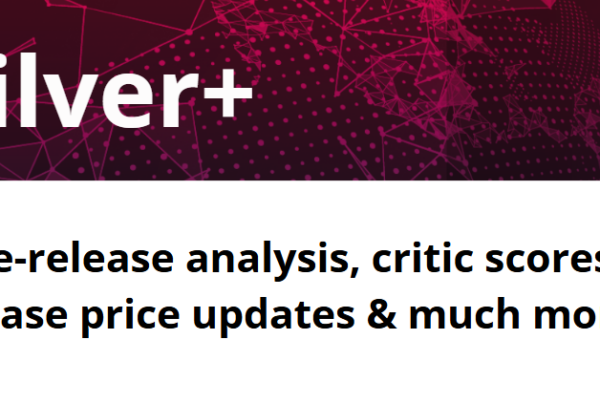LWIN – The Liv-ex Wine Identification Number – standardises wine names, making sure that everyone is speaking the same language. Our new animated video, below, helps to explain how it works.
The problem it solves
 The fine wine market often suffers from the problems associated with non-standardised product names. “Grange” for example, is widely understood as “Penfolds”, despite there being over 200 wines with the world “Grange” in their title.
The fine wine market often suffers from the problems associated with non-standardised product names. “Grange” for example, is widely understood as “Penfolds”, despite there being over 200 wines with the world “Grange” in their title.
For humans, it is possible (although not always) to tell the difference. However, the same cannot be said for computers. Very rarely is the full name of a wine used. Even less frequently is it written or keyed consistently in every system, document, or form when fine wine is transported, marketed, bought, sold or stored.
In fact, details of a given wine are recorded more than ten times for a single transaction. This is then repeated many times over during the wine’s lifetime, leaving lots of room for human error.
How LWIN can help you
 LWIN streamlines the efficiency of fine wine supply chains by ensuring that everyone is speaking the same language.
LWIN streamlines the efficiency of fine wine supply chains by ensuring that everyone is speaking the same language.
LWIN is a unique seven-digit code that corresponds to wine names. It helps to improve the accuracy of your database by simplifying and standardising the wine names into a language that is easily understood by computers.
The dictionary currently contains LWINs for over 45,000 wines and is growing every day. In fact, LWIN now has a Creative Commons (CC) licence, which gives companies the right to share, use and build upon its dictionary for free.
Further information:
- ‘Have you heard of LWIN?’ A short animated video
- ‘LWIN: a common language for fine wine’ by Liv-ex’s Head of Data Neil Taylor
- Case Study: How LWIN helped to transform operations and LCB Vinothèque
- LWIN free forever
- More about LWIN
[mc4wp_form id=”18204″]



